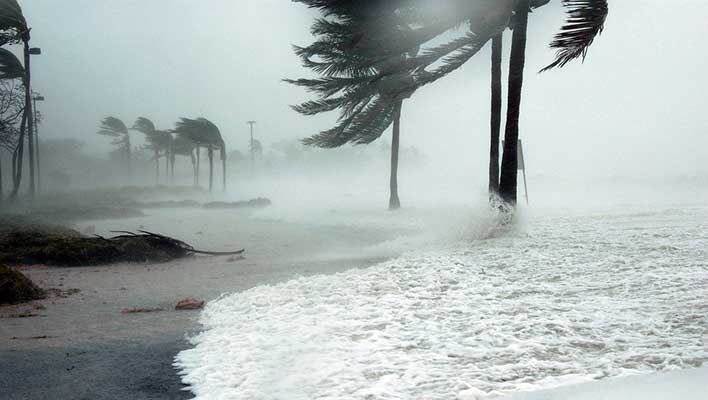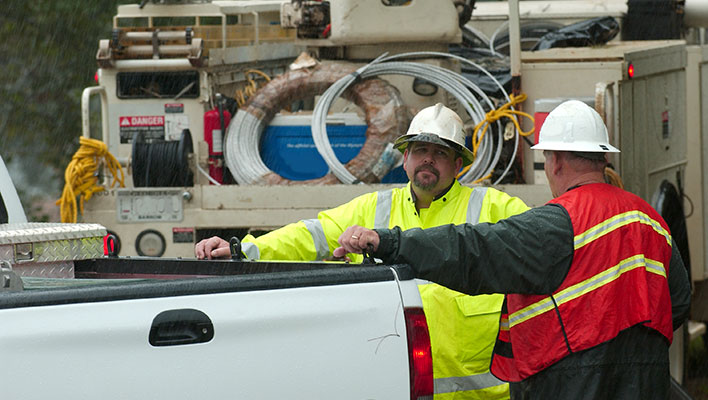February saw an Arctic outbreak freeze its way across the United States that massive energy disruptions in Texas. It was one of the lowest five-day average temperatures experienced by the lone-star state over the past 40 years.
In March, eleven tornados ripped through Alabama – the largest of which was 1.3 miles wide with winds rotating at 150 miles per hour. The extreme weather was linked to thunderstorms that formed in the Indian Ocean a few days earlier and over 10,000 miles away.
During June, a wildfire burned down 90% of Lytton, British Columbia. This horrible event was fueled by an extraordinary 121.3-degree heatwave – the highest Canadian national temperature on record.
And throughout the month of July, Europe experienced catastrophic flooding that caused 228 deaths and billions of dollars in property damage. England, Germany, Belgium, Italy, Austria, and Romania were affected. The Belgium Minister of Home Affairs described the weather as “one of the greatest natural disasters our country has ever known.”
The climate is changing and with it, the weather patterns we’ve come to expect. It’s causing some climate scientists to worry that they may have underestimated how quickly our atmosphere has been altered or maybe misunderstood how warming climates can influence extreme weather events. The only thing certain is that everything is connected and appears to be getting worse.
The Predictability of Unpredictability
While weather events must be examined and treated locally, how they form should be considered on a global scale. New predictive atmospheric artificial intelligence and climate models are being put in place to help predict these events faster. It may seem like herding cats, but climatologists do hold solid facts – they know the behavior of the cats, how big they can get, and what feeds them. These data points can inform when a weird weather event is happening or about to happen so regional utilities and authorities can be alerted and ready.
Once a prediction is issued and in place, it’s up to the local entities to mitigate the risk of the weather watch or warning. ARCOS solutions like Incident Manager can be used to call up Incident Command Structures, or an emergency response team. Since it’s automated, groups can be formed in an instant, just like the storms they are designed to counteract.
One of the features that emergency operators like best about the solution is its scalability. As an event gains or loses power, Incident Manager can add and subtract to the structure of the event response, even allowing restoration crews to be formed and managed out of ARCOS Crew Manager or Resource Assist. ARCOS also has a solution called Resource Planner that gives users the ability to create stick counts organized by crew type and location. It can give organizations a head start on planning. The unpredictable severity of a weather event can be easily tamed by a resource management software platform like ARCOS, and indispensable leadership, emergency response and restoration can be delivered quickly when it is needed most.
Contact us to find out more about the ARCOS software suite.




